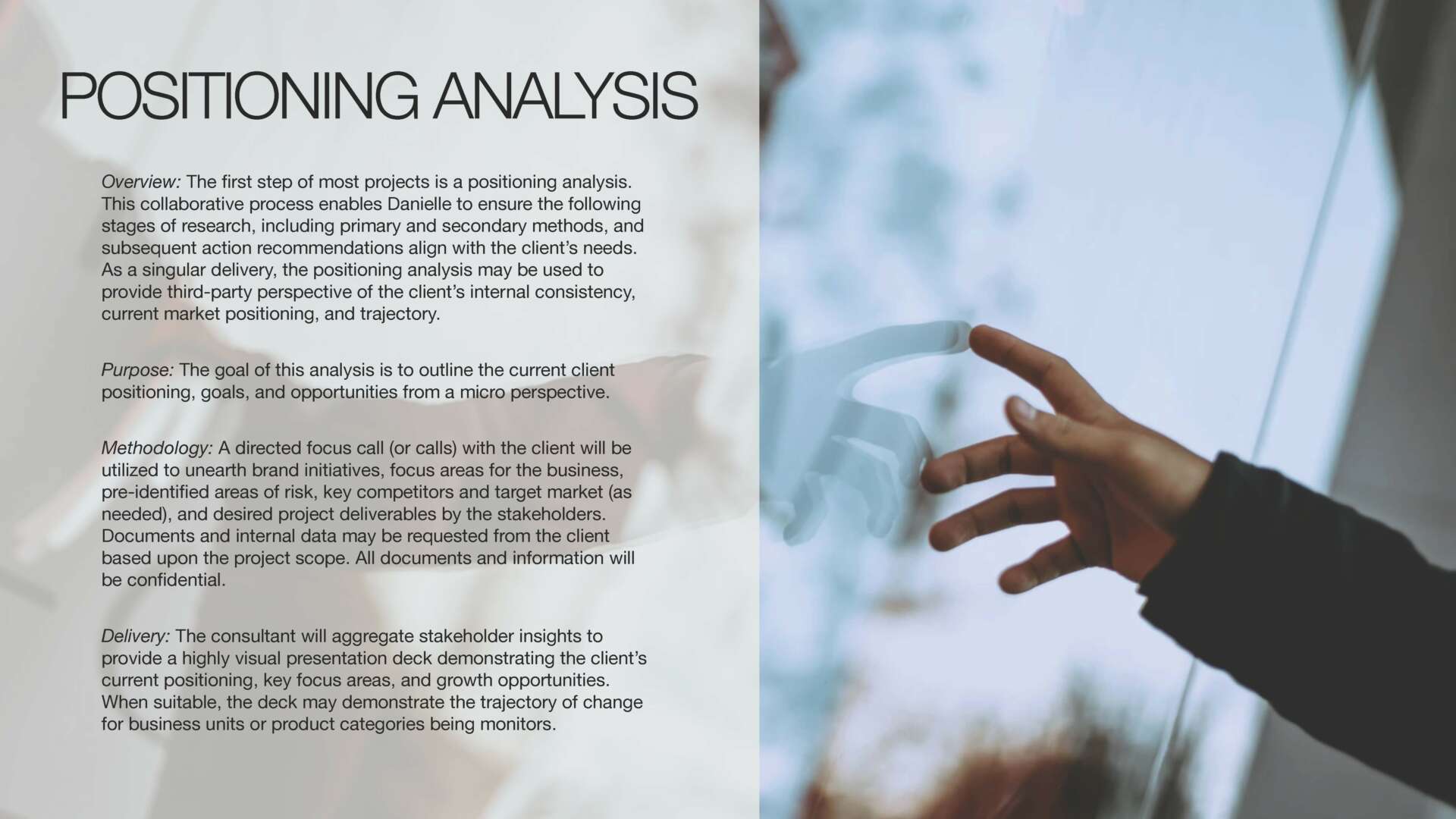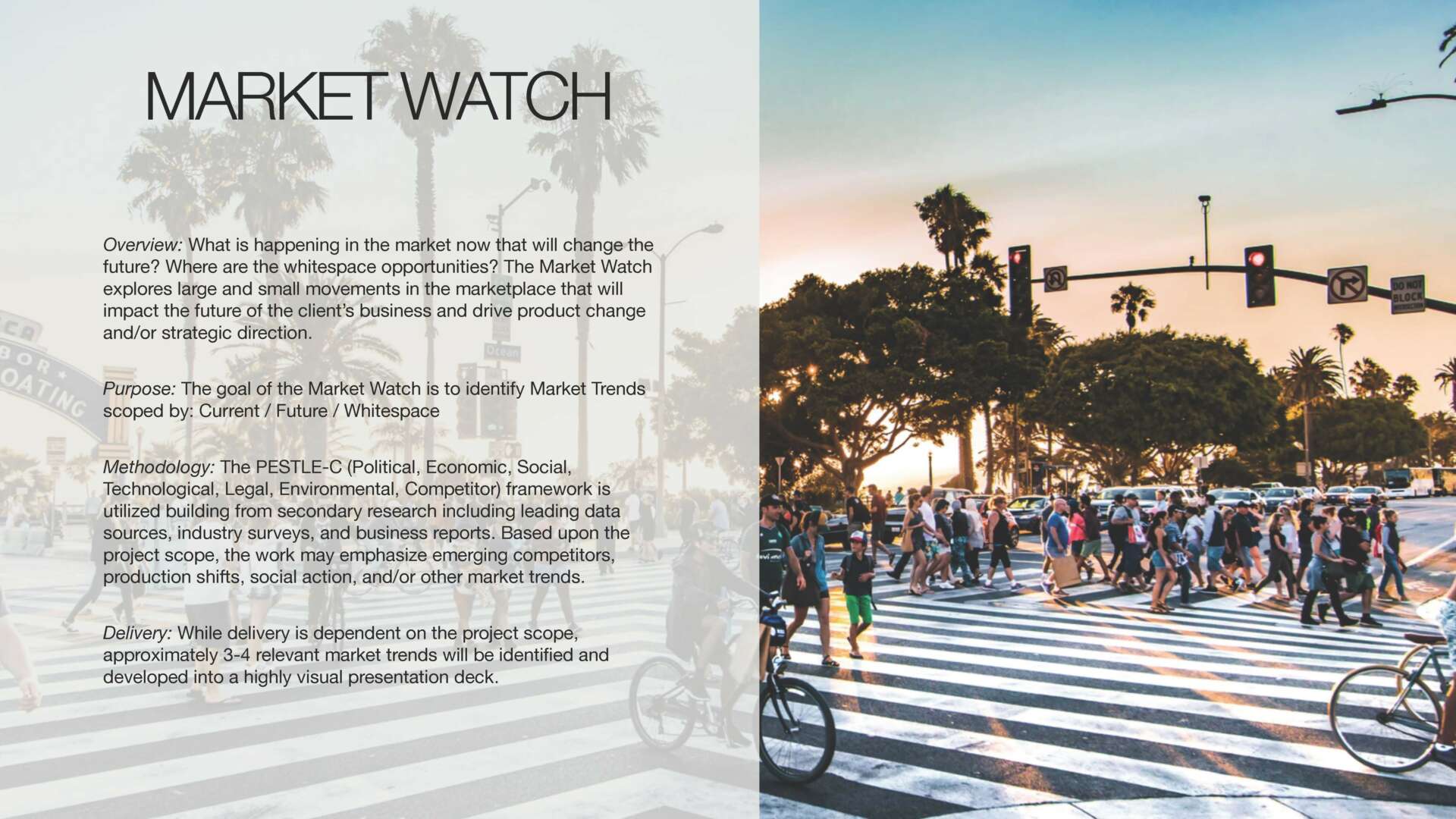We recently connected with Danielle Testa and have shared our conversation below.
Hi Danielle, thanks for joining us today. Let’s start big picture – what are some of biggest trends you are seeing in your industry?
Fashion is becoming more and more of a people-centered industry. Historically, it was all about the product, garments were created with a specific vision from a group of innovators, tastemakers, and the rest of the world would accept that as the coming trend – focusing on the products and how to wear them, even if they weren’t quite right for one’s body. But that isn’t the way it works today. Fashion is now about the people, those who are making the garments, selling the garments, and of course – wearing the garments. And it makes space for this much bigger (and very important) societal conversation. We are asking questions like – why are so many people made to feel embarrassed in swimwear? Why aren’t color palettes inclusive of his/her/their skin tone? And of course, the quandaries go on and on. I am talking about DEI, but also accessibility, respect, and representation.
It is largely the influence of Gen Z that are encouraging the fashion industry to become the best version of itself. When we see Gen Z interviewing for jobs, many are prioritizing values over salary. This changes the game. We can’t separate product and personal representation today. As a brand, it is important to understand what customer you sell to, who you will represent in an ad, and how you will address contentious cultural and societal topics. That is not to say a whole industry can solve for every historic issue overnight or that new concepts will be without challenges. The recent challenges Target faced surrounding their 2023 Pride collection is a great example of this. I can tell you that the company clearly put great depth into the product design and development to create a collection that would serve their LGBTQ customers, making them feel seen, served, and well-dressed. The backlash they received from anti-LGBTQ individuals had not been foreseen though. The company was forced to choose between maintaining the full collection in stores or protecting their employees. Both the development of the collection though and the decision to remove some items were focused on what was best for the people the brand serves, their customers, and then their employees. This encapsulates the focus in fashion is today: people.


Great, appreciate you sharing that with us. Before we ask you to share more of your insights, can you take a moment to introduce yourself and how you got to where you are today to our readers.
I started out working for mass fashion brands like Topshop and Forever 21. My focus was international buying and merchandising, curating collections to meet the unique demands of different communities around the world. Before moving into consulting, I was the International Merchandising Manager overseeing buyers and merchandisers for more than 50 countries. Curating product to market shifts and unique consumer segments is one of my core strengths. In 2017, I moved into consulting and trend forecasting to support other brands and retailers, from local to global, in assorting and improving their product. As a consultant, I align market and consumer trend with product direction. I use quantitative and qualitative research to forecast what actions a company needs to take in the future, focusing in on the biggest areas of need (market, consumer, product). I work across a variety of product categories, which I refer to as slow-moving consumer goods (SMCG). That’s a bit of a riff on fast-moving consumer goods (FMCG), an adage that basically refers to everything you find in the grocery store. SMCG is the opposite, it includes categories that are trend driven like fashion, lifestyle, home, interiors, and wellness. That’s the space I work in (and where I can help any of you!).
Something that tends to become noticeable when I am hired as a consultant is that I have a Ph.D. and am an academic (Arizona State University) in addition to being a consultant. I recognize that my diligence as an academic researcher lends to my consulting work. I find that my combined experiences in industry and academia have leant well to one another. With my background in international buying, I love seasonality – I know that a great prediction on extremes in winter and summer needs can make a business’s year. One of the best pieces of feedback I got from a client who was pleased, but I will also say, maybe a bit surprised, was after we worked together to develop a post-COVID winter product forecast. Being the researcher I am, I looked to past examples in consumer behavior and psychology, the likelihood of specific weather patterns, and combined it with their historic performance to predict the optimal assortment. It was a very unique season to come, and I wanted it to be precise. Needless to say, it went great, we were all very happy.
Clients who work with me will receive actionable insights to drive their business forward, we align on what their needs are and touch base throughout the research and development process to ensure we are aligned and there will be no surprises, also so they can take any early actions necessary! While I primarily work as an independent consultant, I also have a network of freelance partners I align with for large projects. This is a great service in instances when clients are looking for boutique services but have larger needs. When I work with a client, I view it as building a relationship. Even if a client is only seeking a single engagement, I want to ensure it is a great experience and that we get the most out of it. If you’re interested in talking to me about consulting, please get in touch!


What do you think helped you build your reputation within your market?
My services are very boutique; thus, my reputation has grown very organically through word-of-mouth and participating in webinars and panel discussions at conferences. I am also eternally grateful to the Fashion Scholarship Fund, the foremost fashion-oriented education and workforce development nonprofit organization in the U.S. I am a consultant with the organization and work with them to develop case studies addressing current fashion challenges for undergraduate students. But beyond that, I am an alumnus of the organization and feel their support has been a constant presence in my fashion career.


Can you open up about how you funded your business?
Establishing a financial structure as an independent consultant, or freelancer in any creative field, can be really challenging. I am lucky that I have managed global business units in retail and have also been an in-house consultant so am able to breakdown necessary billable rates to cover my costs. But there are TWO key things I suggest for anyone trying to start out with any kind of freelance work. (1) Have a breakdown of costs based on the input, resources, and working hours required for a project. Know that this might vary from expectations slightly and have a plan for that, but you should have an expectation of costs and time that will (fairly) add up to the rate you charge a client.
(2) Consider offering an introductory discount to new clients. There are mixed feelings about offering discounts (both in retail and consulting!). But in consulting/freelance – I believe it is a great way to give someone a glimpse of what you can do for them and establish a relationship. Also, if the rate you charge is listed as a discount, they will see the full rate they can expect to pay next time, so you are not discounting the value of future work.


Contact Info:
- Website: https://daniellespondertesta.com/
- Instagram: @fashionretaildoctor
- Linkedin: https://www.linkedin.com/in/danielle-sponder-testa/
Image Credits
Images: Authors own / Unsplash


